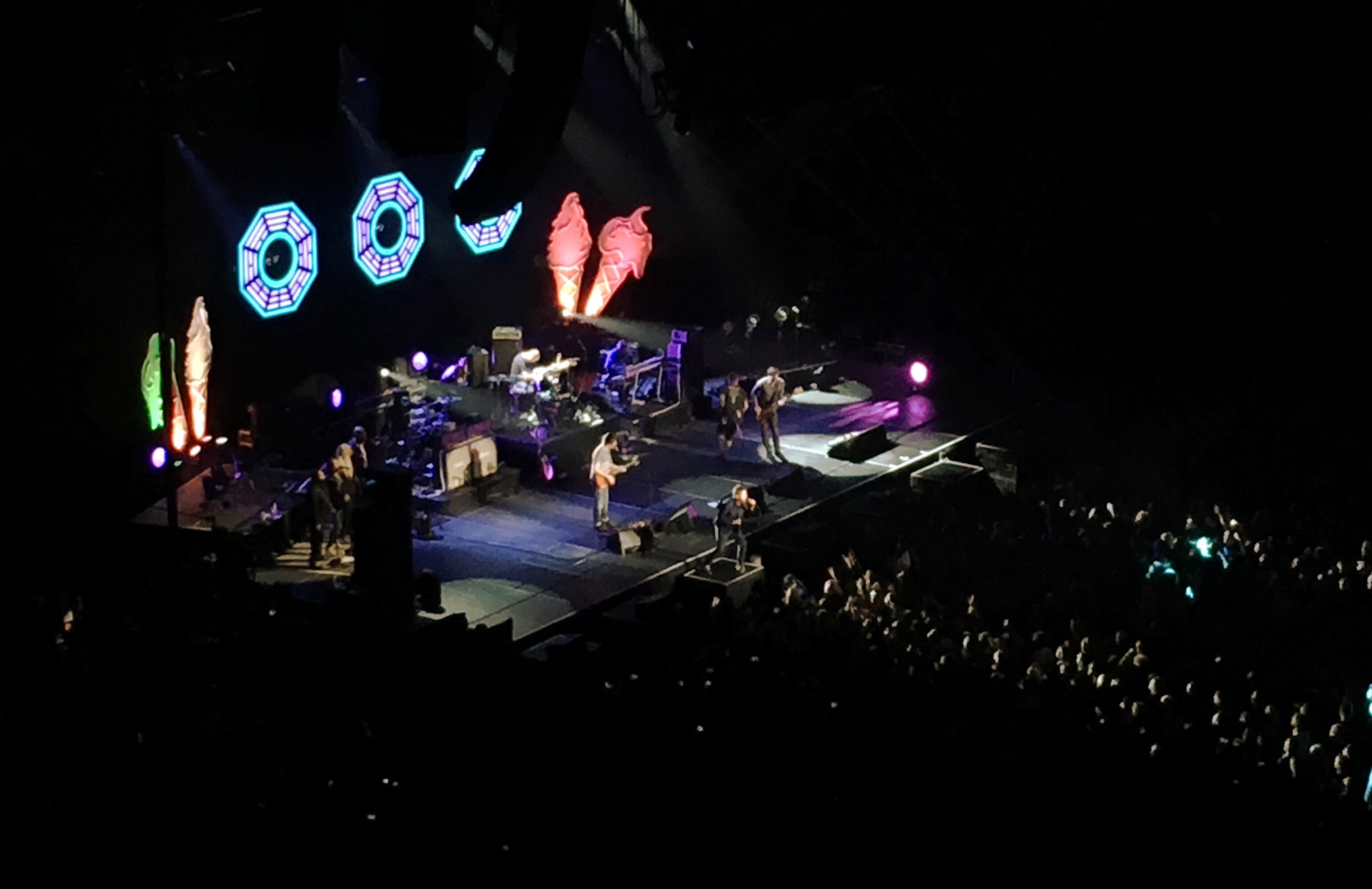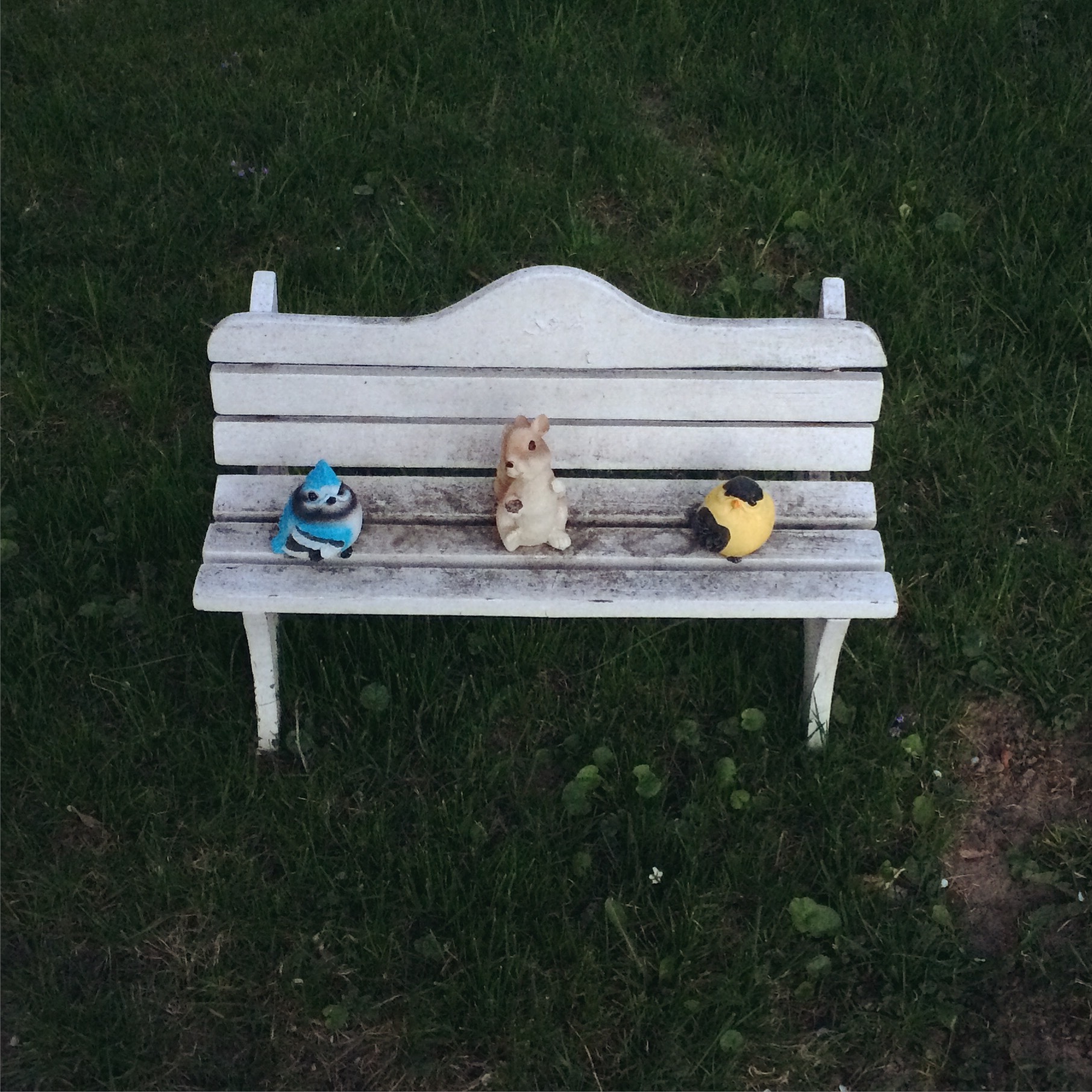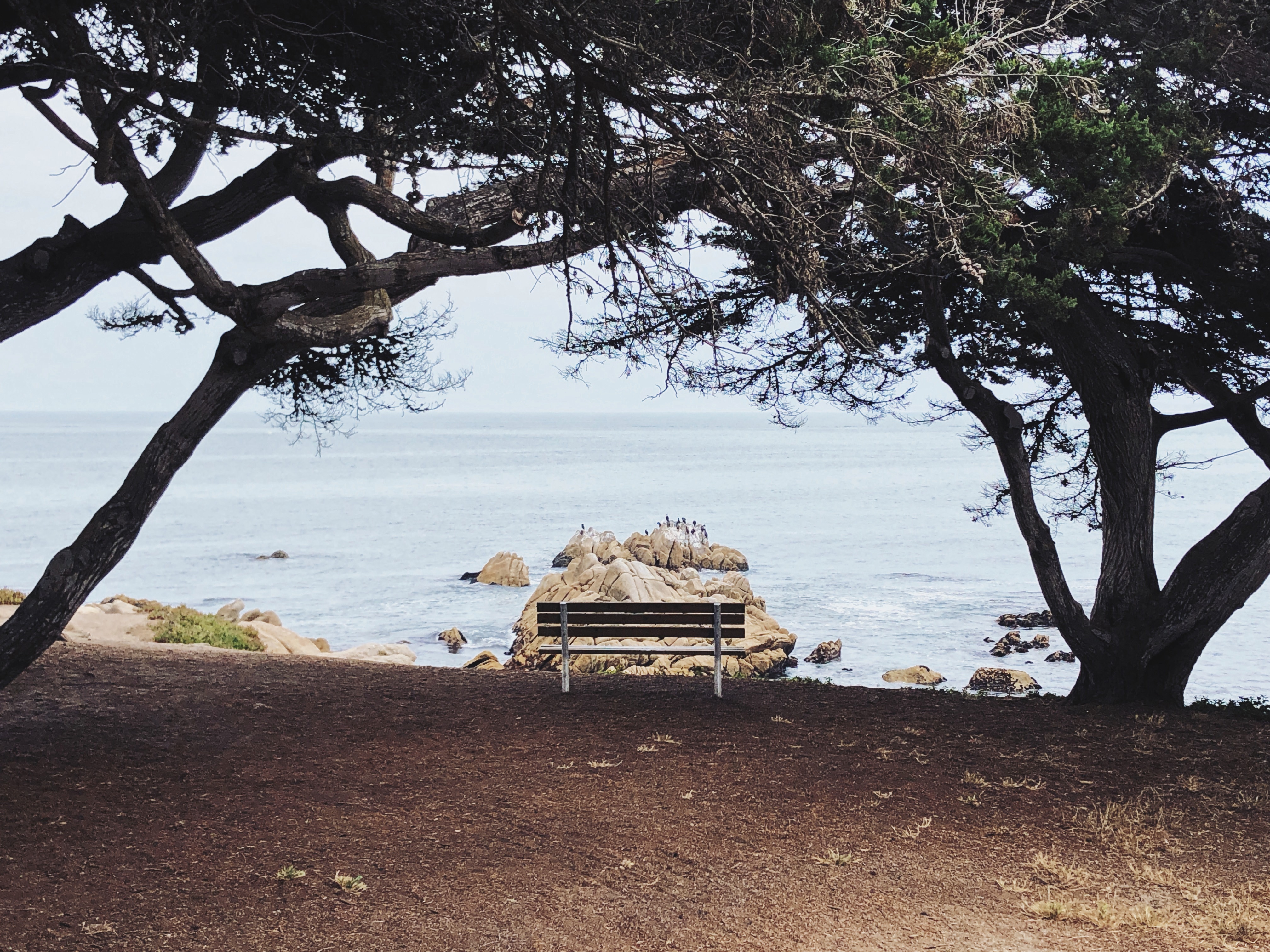Greek Coins
I was really taken by the display of Greek coins. They seemed more real than our modern versions. That’s because of the inconsistency, irregularity, and imperfections. It was clear they were man-made, melted shapes of copper and iron. I’d love to have a pocket full of them to spend. Three-dimensional, with character and personality. Portraits, turtles, flowers, horses. Imperfection adds beauty. I’d love to see more unevenness in everything. More bends, cricks, cracks, flaws.
Kwoma Ceiling
Breathtaking patterning. Impressive size. The painted patterns had a flow like an animated breeze, or trickling streams. Also with jagged points like teeth or plant needles and thorns. It was the beauty and danger of the jungle painted on a low ceiling made of large sheets of tree bark. Never realized before how patterning could so clearly represent the spirits in the world. They speak a kind of magic. It works on the deepest, most animalistic layer of our brains. And they’re pretty.
Midnight Ride of Paul Revere - Grant Wood
So fake and dreamy and amazing. Like a living diorama. It’s an idealized, almost comic, image. Cartoonish but darkly so. The moonlight is far too bright in the foreground, as if it were stage lighting. The forrest in the distance is made up of bubble trees; no attempt at realism, which makes it that much more comic. The painting is fun, first, but also creepy like a dark joke. We often romanticize the past like this. We even the edges and smooth out the narrative, which noticeably distorts the scene if you then look too close.
I Saw the Figure 5 in Gold - Charles Demuth
I first studied this painting in elementary school — I have a vague recollection of copying it in crayon. It’s much better in person. Rich in color with textured outlines. Textured flatness. It reminds me that we lose a lot of depth when we design everything with such strict lines and smooth, unblemished colors. Digital screens will long lack the tactile quality of this painting. Figure 5 is an example of an older thing which is still so much better than the newer things.
I Saw the Figure 5 in Gold feels as much like design as it does art. It’s probably the care taken with the painted type. The beautiful “5”, the gothic “WCW” and “CD”, the lettering on the shop window. It moves within your periphery when so large, fluid and exciting. Red yellow gray cream: an excellent and stirring palette. I aspire to this.
The Banks of the Bievre Near Bicetre - Henri Rousseau
Rousseau was a painting hobbyist. He wasn’t formally trained and I’m sure he didn’t start out painting thinking he’d be so revered 100 years later. One of his greatest traits was his determination. He was considered finished paintings which often still looked very juvenile. He didn’t care that he hadn’t yet learned to paint things correctly. He painted, considered it done, and moved on. Look at the trees in this painting: they're horribly conceived, deformed really, but the painting is still pretty and likable.
Allegory of the Planets and Continents - Giovanni Battista Tiepolo
Very active and living. I like imaging the world as allegorical people, imaging the workings of the universe as daily jobs performed by gods and spirits. It makes the world seem more both more magical and mechanical. But also more human, somehow. If you imagine everything in terms of human/godly work, it's much more relatable. Look up at the sun. Why not see Apollo in his chariot, surrounded by a swirl of horses and cherubs, doing his daily duty, trekking from East to West. I sometimes fall into the trap of removing myself from the world — not a super rare mistake, I know. Perhaps I — or we — could use more of this magical thinking in our lives. More spirits, elfs, cherubs, devils, gods. I don’t know. But I do know that this painting is beautiful, and it represents to me something we’ve lost.
Chamunda, the Horrific Destroyer of Evil
This statue is frightening in a way almost nothing else is. Terror in a waking dream. A nightmare come to life. It’s deeply, spiritually horrific. What a soul might look like as its being torn apart. It suggests a culture much more connected to do death. More aware of it. More involved in it. More respecting of it.
Various Thoughts
- Immediately felt at home inside. No surprise, I guess, but working in one museum demystifies all of them. Now that I know how they work, and what goes on in the back rooms, museums feel a little more down to earth.
- Paintings are just paintings. Strip them of their mythical status, and the artist behind them becomes real, normal, relatable. Throw yourself into them, and they come back to life.
- Statues are very moving when large and dramatic. The third dimension adds so much, offers highly varying feelings from different angles. It strums an emotional chord I'm still amateurish at feeling. The art of sculpture does not enjoy much respect in modern public spaces, which makes them seem like foreign objects to my American eyes. What would our American public spaces be like if our statues were more dramatic like these old Roman works? Are they? Do I not notice?


